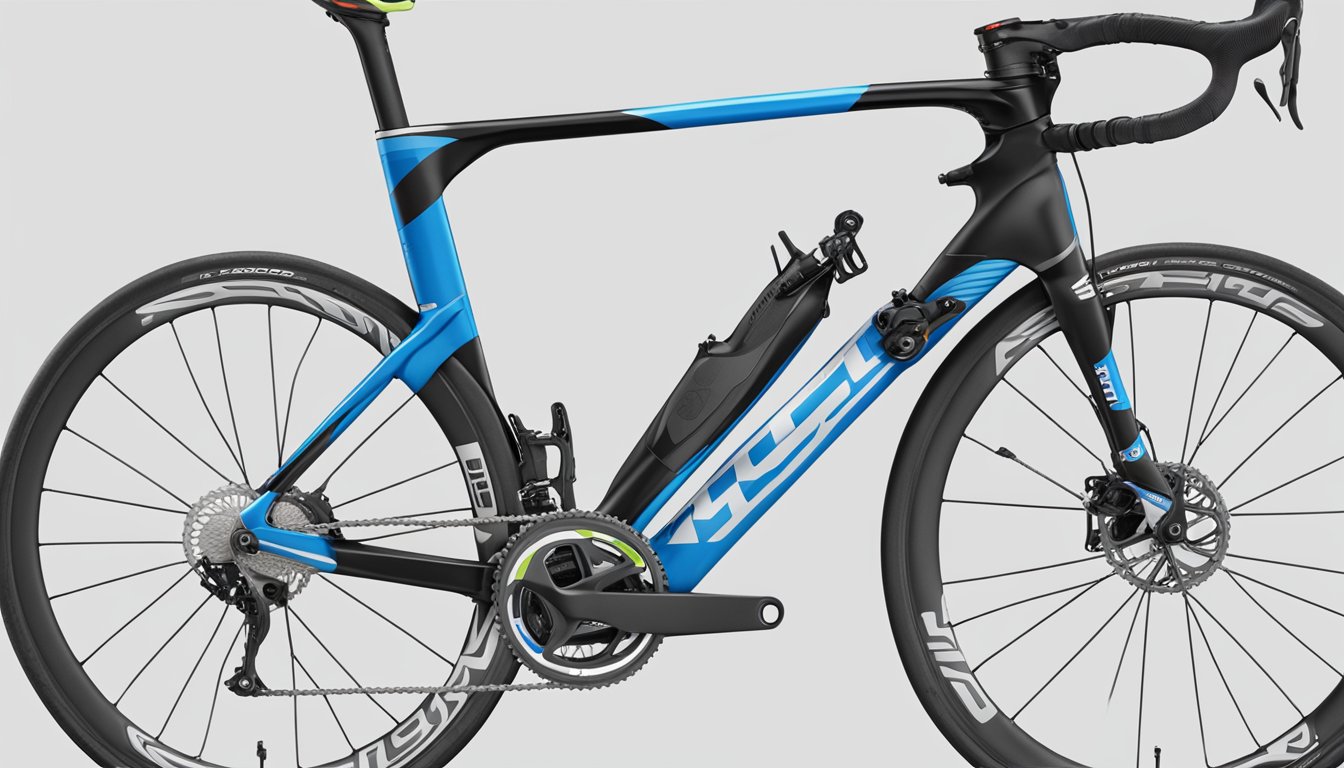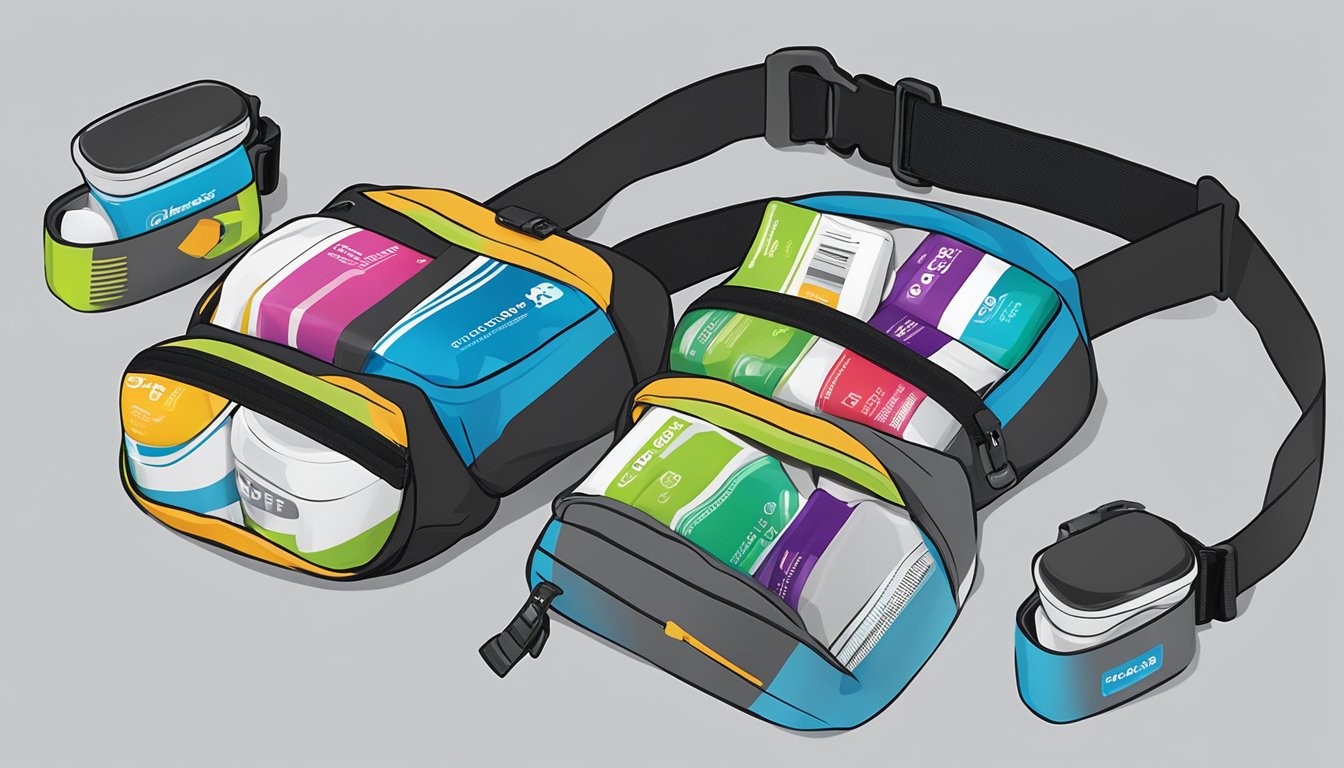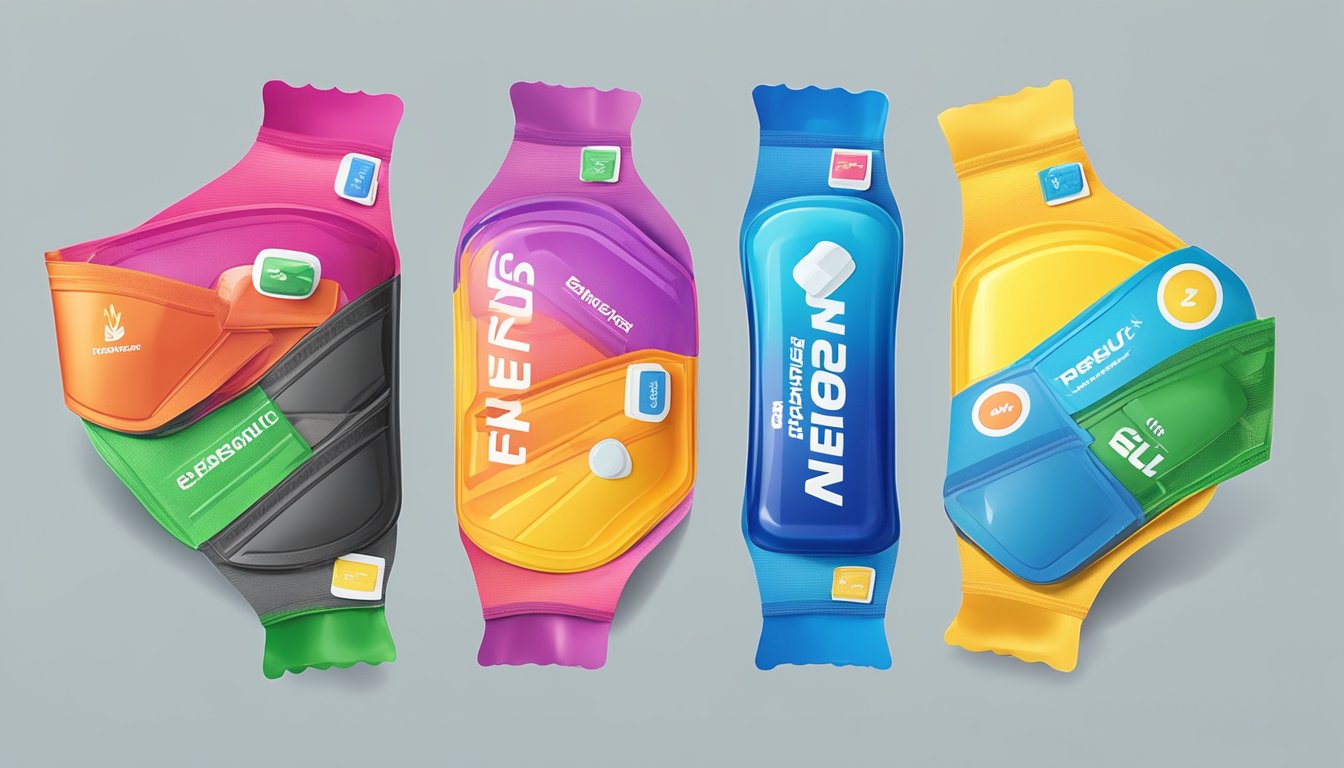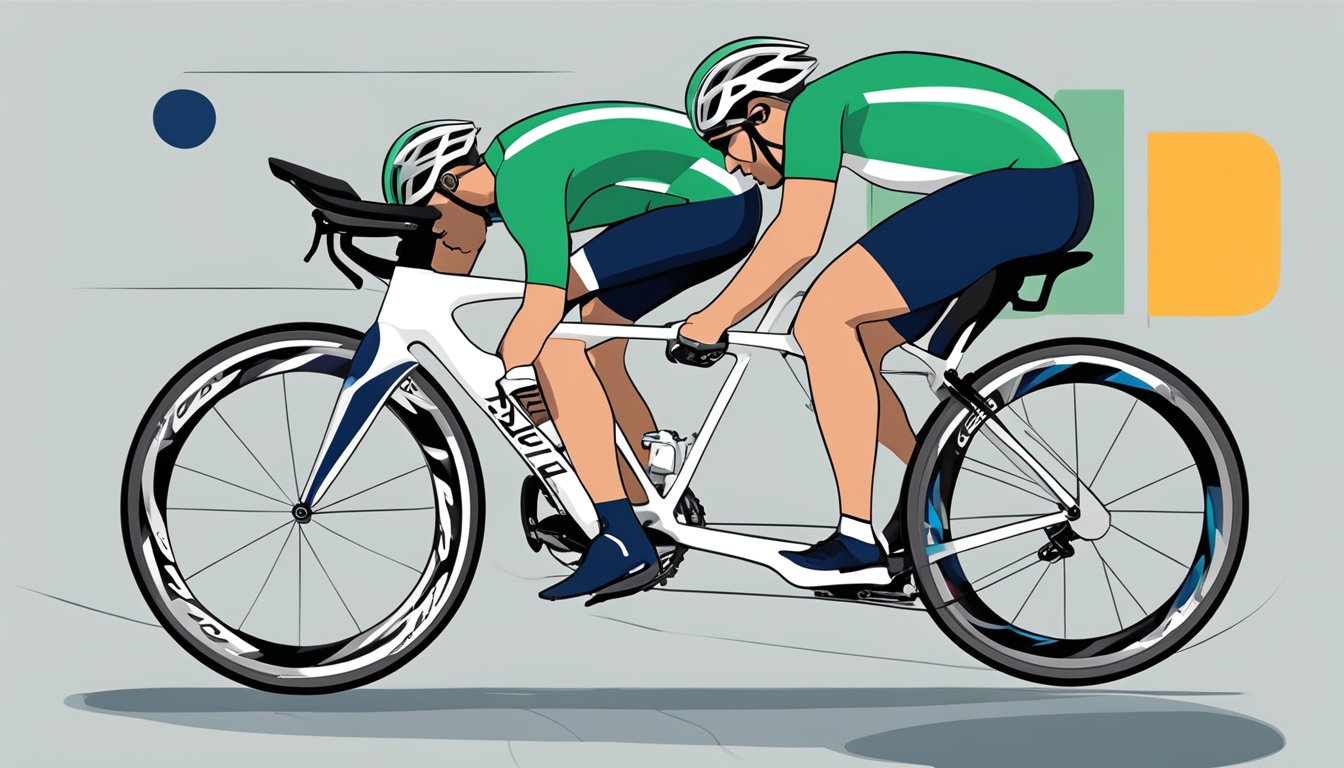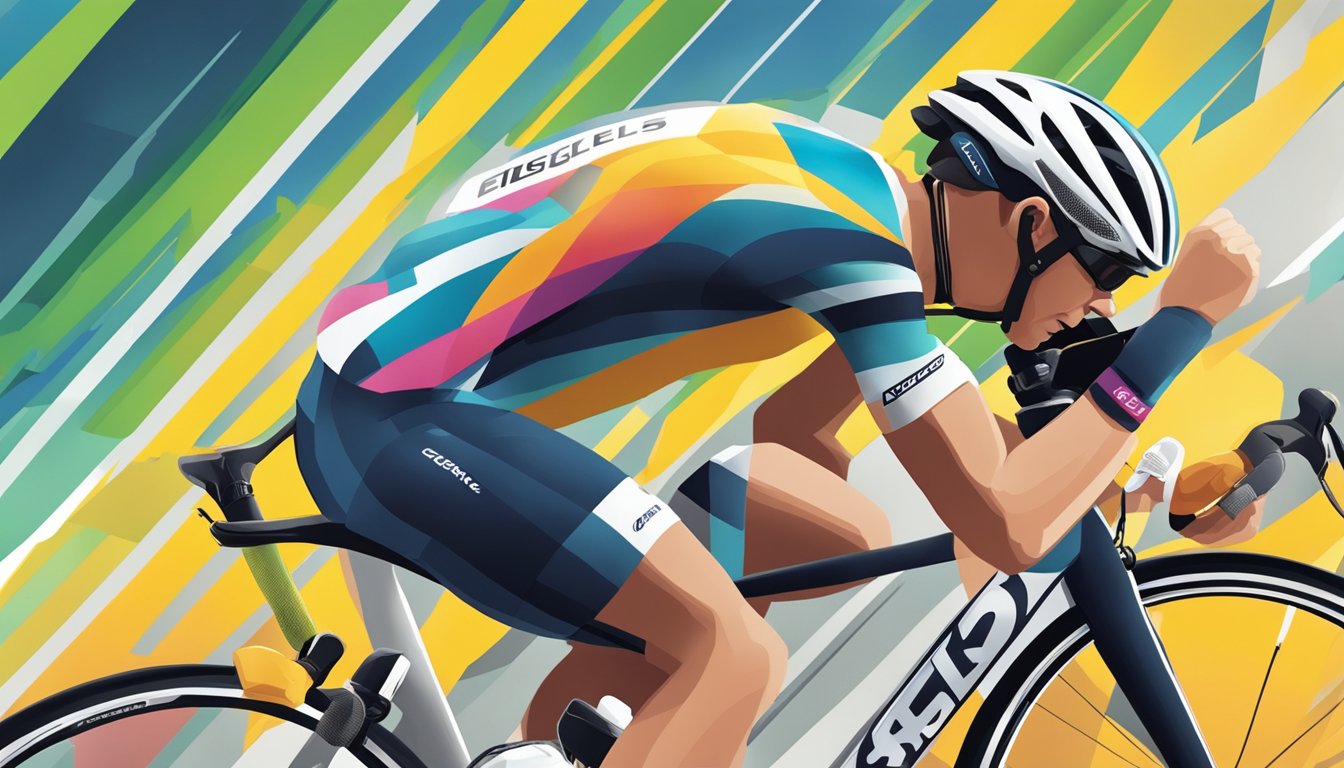If you’re a runner, cyclist, or triathlete, you’re probably familiar with energy gels. These small packets of concentrated carbohydrates and electrolytes can provide a quick boost of energy during endurance activities. But where do you store them when you’re not racing? And what about during a race?
The best place to store energy gels is in a cupboard or on a shelf, at room temperature, away from direct sunlight. This will help preserve their freshness and consistency. However, when you’re out on a long run or ride, you’ll need to carry them with you. There are several strategies for doing this, including using a fuel belt, carrying them in your pockets, or attaching them to your bike or hydration pack.
Timing and frequency of energy gel intake is also important. You don’t want to wait until you’re feeling completely depleted to take one, but you also don’t want to take them too frequently and risk stomach upset. It’s important to experiment with different brands and flavors to find what works best for you, and to practice carrying and taking them during training runs and rides.
Key Takeaways
- Store energy gels in a cool, dry place away from direct sunlight.
- Experiment with different strategies for carrying and taking energy gels during training runs and rides.
- Practice timing and frequency of energy gel intake to find what works best for you.
Understanding Energy Gels and Their Importance

If you are an endurance athlete, you know how important it is to fuel your body properly during training and racing. One popular option for fueling during exercise is energy gels. In this section, we will discuss the role of energy gels in racing and their importance in sports nutrition.
The Role of Energy Gels in Racing
Energy gels are a popular option for endurance athletes because they provide a quick source of energy during exercise. They are designed to be easily digestible and provide carbohydrates to help replenish glycogen stores, which can become depleted during prolonged exercise.
When you exercise, your body burns through glycogen stores, which are stored carbohydrates in your muscles and liver. When these stores become depleted, your performance can suffer, and you may experience fatigue, weakness, and other symptoms of “hitting the wall.” Energy gels can help prevent this by providing a quick source of carbohydrates to help replenish glycogen stores and keep you fueled during exercise.
Nutrition and Energy Gels
Energy gels are typically made with a combination of carbohydrates, electrolytes, and sometimes caffeine. The exact composition varies by brand, but most energy gels provide around 100 calories and 25 grams of carbohydrates per serving.
It is important to note that energy gels are not a replacement for a balanced diet. While they can be a convenient option for fueling during exercise, they should be used in conjunction with a well-rounded diet that includes whole foods, lean protein, healthy fats, and plenty of fruits and vegetables.
When using energy gels during exercise, it is important to follow the manufacturer’s instructions for timing and frequency. Taking too many energy gels or taking them too frequently can lead to digestive issues, including stomach upset and diarrhea.
In summary, energy gels can be a valuable tool for endurance athletes looking to fuel their bodies during training and racing. They provide a quick source of carbohydrates to help replenish glycogen stores and keep you fueled during exercise. However, they should be used in conjunction with a balanced diet and should be taken according to the manufacturer’s instructions to avoid digestive issues.
Strategies for Carrying Energy Gels
https://www.youtube.com/watch?v=g4scCppE2_A&embed=true
When it comes to carrying energy gels during your runs, there are a few strategies you can use to optimize your storage and make sure you have easy access to your gels when you need them. Here are some practical tips you can use during races and training runs.
Optimizing Storage During a Race
During a race, you want to make sure your energy gels are easily accessible and won’t slow you down. Here are some ways to optimize your storage during a race:
- Pockets: Many running shorts and tights come with pockets that are perfect for storing energy gels. Look for shorts with a back zip pocket or tights with side pockets. Make sure the pockets are snug so the gels don’t bounce around while you run.
- Handheld bottle: If you prefer to carry your hydration with you, consider a handheld bottle with a pocket for energy gels. This allows you to carry both your hydration and fuel in one hand, leaving the other hand free.
- Sachet holder: Some runners prefer to use a sachet holder that attaches to their waistband or shorts. This allows you to carry multiple gels at once and easily access them when needed.
- Safety pins: If you don’t have pockets or a handheld bottle, you can use safety pins to attach your gel packets to your shorts or shirt. Be careful not to pierce the part that allows the gel to ooze out though.
Practical Tips for Training Runs
During training runs, you have a bit more flexibility with your storage options. Here are some practical tips for carrying energy gels during training runs:
- Hat or cap: You can store your energy gels in the sweatband of your hat or cap. This keeps them easily accessible and out of the way.
- Sports bra: Some sports bras come with pockets that are perfect for storing energy gels. Make sure the pocket is snug so the gels don’t bounce around while you run.
- Lycra or elastic band: You can use a lycra or elastic band to secure your energy gels to your waistband or shorts. This keeps them easily accessible and out of the way.
- Bag or waist pack: If you prefer to carry more than just your energy gels, consider a bag or waist pack. This allows you to carry your phone, keys, and other essentials along with your gels.
By using these strategies, you can make sure your energy gels are easily accessible and won’t slow you down during your runs. Experiment with different storage options to find what works best for you.
Timing and Frequency of Energy Gel Intake
When it comes to fueling during a race or long training run, energy gels can be a lifesaver. However, it’s important to know when and how often to take them to avoid bonking or feeling sluggish. Here’s what you need to know about timing and frequency of energy gel intake.
Race Day Fueling Strategy
On race day, you’ll want to have a solid nutrition strategy in place. This includes not only energy gels but also hydration and other fuel sources such as sports drinks or chews. It’s recommended to take your first energy gel 30-45 minutes into your run, and then every 30-45 minutes thereafter [1]. However, this can vary depending on your body weight, pace, and the intensity of the run.
For half marathons, you may only need one or two energy gels throughout the race. For marathons, you may need up to 6-8 gels depending on your expected finish time [2]. It’s important to test out different quantities and timings during your training runs to find what works best for you.
Energy Gels During Training
Just like on race day, it’s important to fuel properly during your training runs. This will not only help you perform better but also aid in recovery. During your workouts, take an energy gel before or at the start line and then every 20-30 minutes during the race [4]. Sip water to wash it down.
It’s also important to note that energy gels should not be your only source of fuel during long runs or races. It’s recommended to also consume sports drinks, chews, or other forms of carbohydrates to keep your energy levels up and avoid hitting the wall [3].
« Where to Position Your Genitals When Cycling
Where in the World is Triathlon Most Popular? Is the Sport Dying? »
In conclusion, timing and frequency of energy gel intake is crucial to your performance during long runs and races. Test out different quantities and timings during your training runs to find what works best for you. Remember to also fuel with other sources of carbohydrates and stay hydrated to avoid bonking and feeling sluggish.
[1] When to Take Energy Gels for Running: Timing & Frequency Guide
[2] How to Carry Energy Gels During a Marathon – The Mother Runners
[3] Energy Gels for Running: How They Work and When You Should Take Them
[4] When To Take Energy Gels During A Marathon: Advice For New Runners
Selecting the Right Energy Gel
When it comes to selecting the right energy gel, there are a few factors to consider. Energy gels are a convenient way to fuel your body during a race or training session, but choosing the right one can be overwhelming. In this section, we’ll discuss the types of energy gels available and how to find the right one for you.
Types of Energy Gels and Their Benefits
There are many types of energy gels available, each with their own benefits. Some gels contain simple sugars like glucose or fructose, while others use more complex carbohydrates like maltodextrin. Isotonic gels are designed to be more easily absorbed by the body, while some gels contain electrolytes like sodium and potassium to help replace what is lost through sweat.
Caffeine is another common ingredient in energy gels, with some brands offering both caffeinated and non-caffeinated options. Caffeine can help improve focus and delay fatigue, but it’s important to note that not everyone responds well to caffeine. If you’re unsure, it’s best to start with a non-caffeinated gel and work your way up.
Maurten is a newer brand of energy gel that uses a unique hydrogel technology to deliver carbohydrates to the body. This technology allows for a higher concentration of carbohydrates without causing gastrointestinal distress.
Personal Preferences and Trial and Error
Ultimately, the best way to find the right energy gel is through trial and error. Everyone’s body is different, and what works for one person may not work for another. It’s important to experiment with different brands and flavors to find what works best for you.
When trying a new energy gel, be sure to pay attention to how your body responds. Do you experience any gastrointestinal distress or discomfort? Does the gel provide the energy boost you need? Keep track of what works and what doesn’t, and adjust accordingly.
In summary, selecting the right energy gel comes down to personal preference and trial and error. Consider the types of gels available and their benefits, and don’t be afraid to experiment to find what works best for you.
Dealing with Practical Challenges
When it comes to storing energy gels while running, there are a few practical challenges you may face. However, with some creativity and a little bit of preparation, you can avoid most of these challenges and enjoy your race or run.
Avoiding Chafing and Discomfort
One of the most common challenges you may face when carrying energy gels is chafing. To avoid chafing, you can try pinning the top of the gel pack inside your shorts at the waist using a safety pin or elastic. Alternatively, you can use duct tape or a staple to attach the gel pack to the inside of your sports bra or cap. This will help keep the gel pack in place and prevent it from bouncing around while you run.
Another way to avoid chafing is to choose a gel pack that is small and slim, so it fits snugly against your body. Some brands offer gel packs that are specifically designed to be carried in a pocket or waistband, which can also help minimize discomfort.
Ensuring Accessibility and Minimizing Distractions
Another challenge you may face is ensuring that your energy gels are easily accessible while you run. To do this, you can try carrying your gels in a small pouch or pocket that is easily accessible. Some runners prefer to carry their gels in a wristband or armband, which can be a convenient option.
Another way to minimize distractions is to take your energy gels at regular intervals, rather than waiting until you feel like you need them. This will help ensure that your digestive track can handle the gels and minimize GI distress.
In conclusion, carrying energy gels while running is a common practice, but it does require some preparation and creativity to avoid practical challenges. By using the tips outlined above, you can ensure that your energy gels are easily accessible, minimize discomfort and distractions, and enjoy your run or race.
Frequently Asked Questions
What are the best ways to carry energy gels during a marathon?
When it comes to carrying energy gels during a marathon, there are several options. Some runners prefer to carry them in a waistband or belt, while others prefer to stash them in pockets on their shorts or shirt. Another option is to use a handheld water bottle with a pocket that can hold gels. Experiment with different methods during training runs to find what works best for you.
Can you recommend running shorts that have built-in pockets for gel storage?
Yes, there are running shorts available that have built-in pockets specifically designed for storing energy gels. Look for shorts with pockets that are easily accessible and secure, so you don’t have to worry about losing your gels during the race. Some popular brands that offer shorts with gel pockets include Nike, Under Armour, and Brooks.
How many energy gels should I plan to use over the course of a marathon?
The number of energy gels you should plan to use during a marathon depends on several factors, including your body size, fitness level, and the intensity of the race. Generally, it is recommended to consume one gel every 45 minutes to an hour during the race. However, it’s important to listen to your body and adjust accordingly.
Are there any downsides to using energy gels while racing?
While energy gels can be a great source of fuel during a race, there are some potential downsides to be aware of. Consuming too many gels can lead to stomach discomfort, and some runners may experience a crash in energy levels after the initial boost wears off. Additionally, some gels may contain ingredients that don’t agree with everyone’s digestive system. It’s important to test out different brands and flavors during training runs to find what works best for you.
When is the optimal time to consume an energy gel before starting a race?
The optimal time to consume an energy gel before starting a race varies from person to person. Generally, it’s recommended to consume a gel about 15-30 minutes before the race starts to give your body time to digest the gel and start using it for fuel. However, it’s important to experiment with timing during training runs to find what works best for you.
Is refrigeration necessary for storing energy gels, or can they be kept at room temperature?
Energy gels can be kept at room temperature and do not require refrigeration. However, it’s important to store them in a cool, dry place to prevent them from melting or becoming too sticky. Check the expiration date on the packaging and discard any gels that have expired or have been exposed to extreme temperatures.

